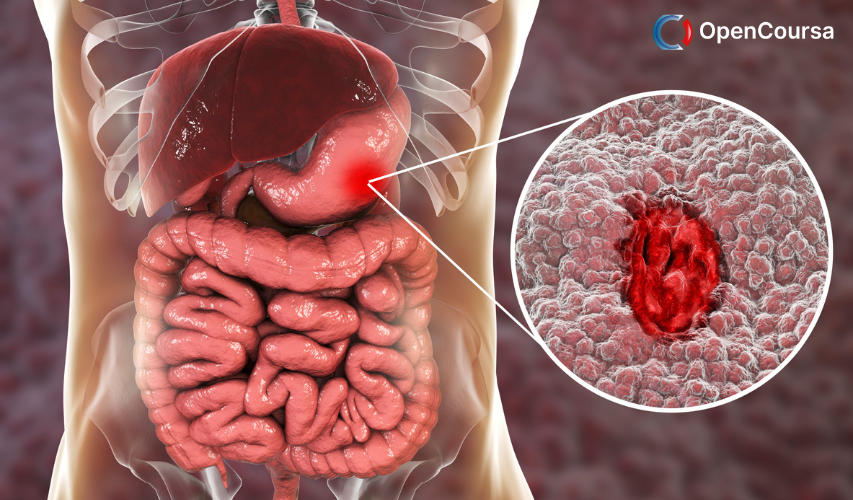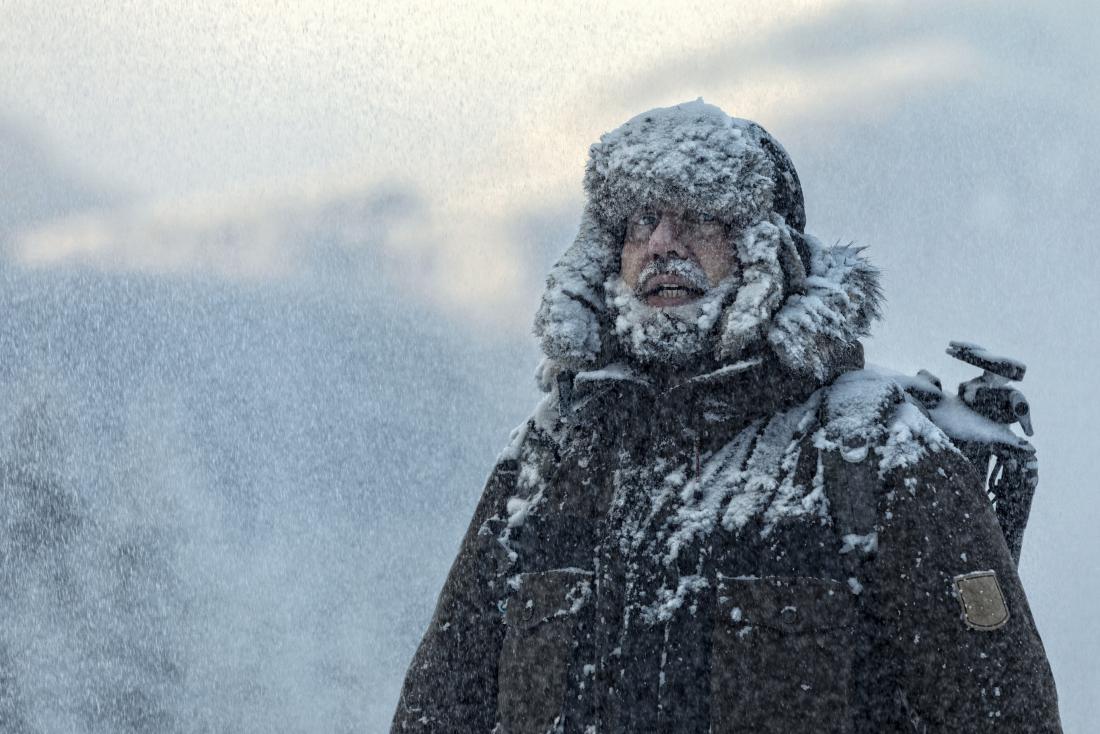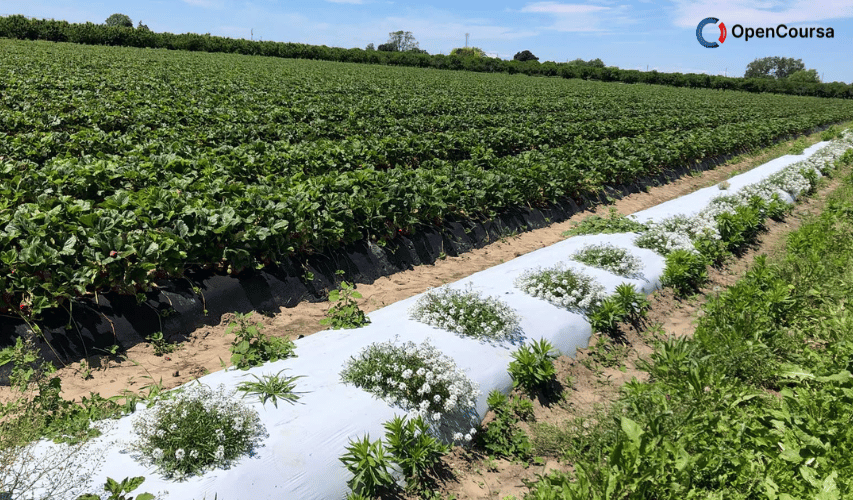Home » Course Layouts » Free Course Layout Udemy
Hypothermia is a potentially dangerous drop in body temperature, usually caused by prolonged exposure to cold temperatures. The risk of cold exposure increases as the winter months arrive. But if you're exposed to cold temperatures on a spring hike or capsized on a summer sail, you can also be at risk of hypothermia.
0
30
English
English [CC]
FREE
- Learn basic syntax that can apply to any language.
- Learn what is a programming language and the basic concepts for beginners.
- Understand what is Javascript in it's truest form.
- Know the basic syntax of Javascript.
- Know some hidden quirks in Javascript.
Description
What is Hypothermia?
Hypothermia is a medical emergency that results when a person's core body temperature (CBT) drops from the normal body temperature of approximately 98.6°F to 95° F or lower. A drop in body temperature occurs when the body loses heat faster than it can produce it. When this occurs, the body forces blood to its core to keep vital organs perfused. Over time, CNS function slows down resulting in impaired thinking, feeling, and speaking. If left untreated, hypothermia will lead to complete cardiac and respiratory failure, and ultimately death.
Causes of hypothermia
Causes of hypothermia are typically classified by the amount of time it took for the CBT to drop. Acute hypothermia occurs rapidly, such as in cold water submersion. Subacute hypothermia occurs over a short period of time, such as in exposure to exposure to cold environments without the proper gear. And chronic hypothermia occurs over a period of several days, such as in the case of an elderly person living in a poorly heated residence. Alcohol consumption predisposes a person to hypothermia because it hinders their ability to shiver and therefore creates body heat, as well as causes cutaneous vasodilation which hinders their body's ability to shunt blood to the core.
Symptoms and management of Hypothermia
Early stages of hypothermia begin when the CBT is above 95°F. In this early stage, the body is able to compensate and create heat by shivering until the person finds a way to get warmer or until the glycogen energy from muscles and the liver is used up. Hypothermia symptoms can range from mild to severe.
Mild hypothermia: This occurs at a CBT of 93.2°F to 95°F. At this point, the body is unable to compensate for heat loss and does not shiver. Skin is cold and waxy, the heart rate is slow and muscles are rigid. Treatment involves passive rewarming which entails removal of wet clothing, drying of the skin, and removing the patient from the environment and into a warm ambulance with blankets to prevent further heat loss.
Moderate Hypothermia: This occurs at a CBT of 86°F to 93.2°F. In this stage, the patient's CNS function is diminishing. Reflexes will be diminished, the heart rate and breathing rates will be slow, pupils will be dilated and the patient will be hypotensive. Treatment involves active external rewarming, which means directly warming the patients’ skin. This includes the use of heating blankets and hot packs placed in the armpits, groin, and neck regions.
Severe Hypothermia: This occurs at a CBT of less than 86°F. In this stage, the patient may experience coma or death. Vital signs will barely be detectable. The heart may be in V-fib or cardiac arrest. Treatment involves active core rewarming and is accomplished in-hospital.
If no signs of life are present, perform CPR and try to identify any viable heart rhythm. Deliver only one shock if indicated, as more than shock may be detrimental to the hypothermic heart muscle. Some believe a person exposed to the cold is not dead until warm and dead, but always refer to your local protocols.
Course Content
- Hypothermia - Hypothermia Training
- Introduction - Hypothermia Training
- What is Hypothermia
- How the Body Loses Heat
- How the Body Produces Heat
- Before Hypothermia Begins
- Symptoms of Hypothermia
- Treatment - Hypothermia Training
- Prevention - Hypothermia Training
Course content
-
- Hypothermia 00:05:00
- Introduction 00:15:00
- What is Hypothermia 01:00:00
-
- How the Body Loses Heat 00:30:00
- How the Body Produces Heat 00:25:00
- Before Hypothermia Begins 00:20:00
- Symptoms of Hypothermia 00:45:00
- Treatment 00:45:00
- Prevention 00:50:00
N.A
- 5 stars0
- 4 stars0
- 3 stars0
- 2 stars0
- 1 stars0
No Reviews found for this course.
Instructor
OpenCoursa
Accessible Education for Everyone
5
5
6
24763
4637
We are an educational and skills marketplace to accommodate the needs of skills enhancement and free equal education across the globe to the millions. We are bringing courses and trainings every single day for our users. We welcome everyone woth all ages, all background to learn. There is so much available to learn and deliver to the people.
Explore Free Courses
Access valuable knowledge without any cost.
{"title":"","show_title":"0","post_type":"course","taxonomy":"course-cat","term":"engineering-skills,health-and-safety","post_ids":"","course_style":"free","featured_style":"course6","masonry":"","grid_columns":"clear4 col-md-3","column_width":"268","gutter":"30","grid_number":"4","infinite":"","pagination":"","grid_excerpt_length":"20","grid_link":"1","grid_search":"0","course_type":"","css_class":"","container_css":"","custom_css":""}










